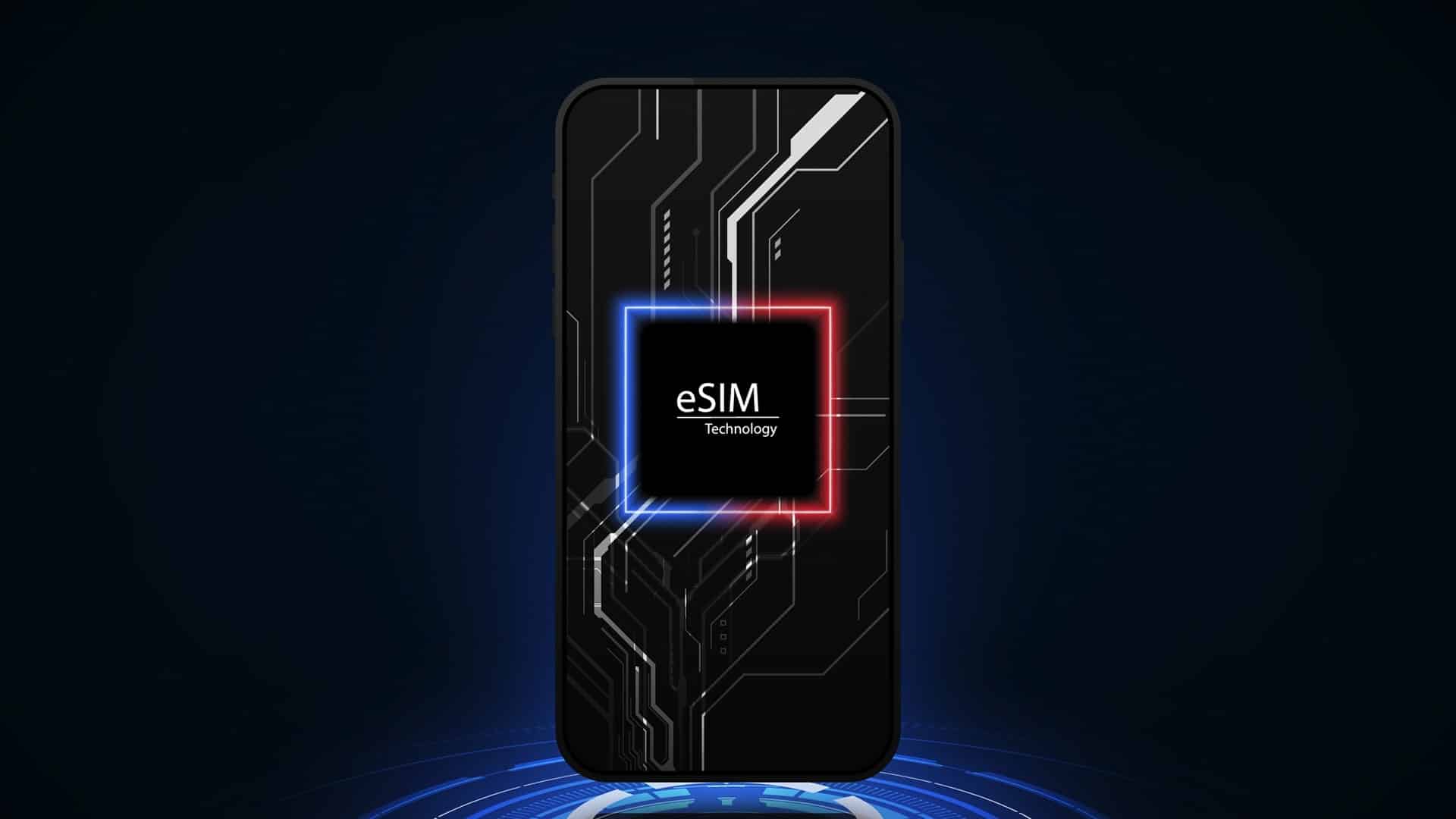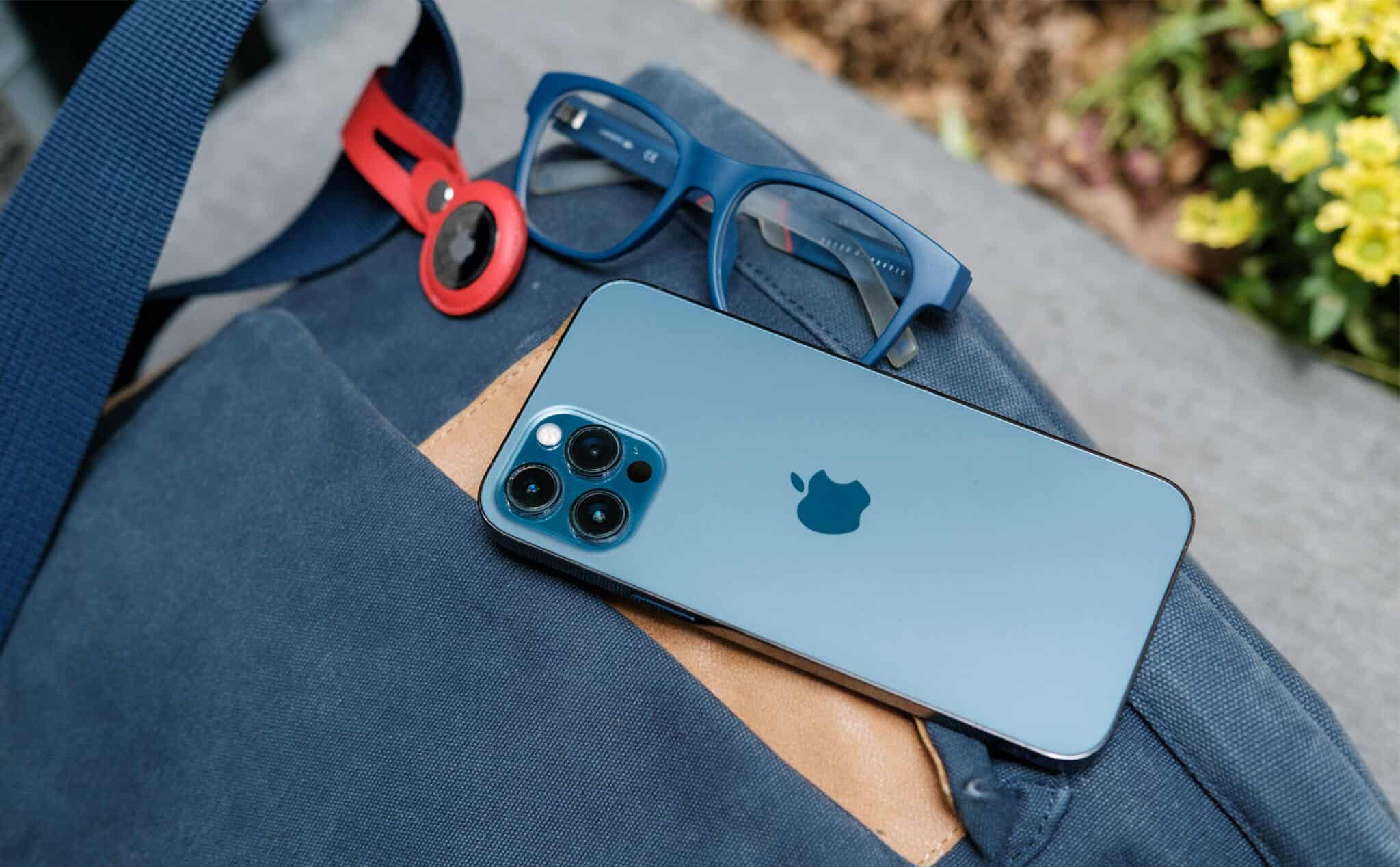Is eSIM Or Physical SIM Better? Here’s What You Need To Know
When it comes to mobile phone plans, there are two main types of SIM cards available: physical SIM cards and eSIMs. Physical SIM cards are the traditional type of SIM card that most of us are familiar with. They are inserted into your phone like a normal SIM card and can be swapped out for another one if needed. eSIMs are a newer type of SIM card that is embedded into your phone’s hardware. They are not removable physically. If you want to change to another provider, steps must be taken on your phone.
Both of these SIM card types have their own pros and cons. In this article, we will take a look at the main advantages and disadvantages of physical and e-SIM cards so that you can decide which one is right for you.
What is a SIM card?
A SIM card (Subscriber Identity Module) is a small, removable card that stores data related to your mobile phone service. It contains personal information such as your account number and phone number, as well as other information related to your mobile phone service. In order for your phone to work, you must insert it into the SIM card slot in your phone.
The physical SIM card is a tried and tested technology that has been in use for many years now. It is the most common type of SIM card and is often used for long-term phone contracts. These SIM cards are easy to configure as all of the information is stored on the card. They are also easy to transfer between phones or from phone to phone as needed.
What is an eSIM?
An eSIM (Embedded Subscriber Identity Module) is a new type of SIM card technology that is embedded directly into the hardware of your phone. Unlike a physical SIM card, an eSIM can not be removed and is “hard-wired” into the phone. The information stored on the eSIM is not stored on the card itself but is instead stored in a secure chip. An eSIM is designed to make it easier to switch between mobile service providers. With an eSIM, you don’t need to swap out physical SIM cards when you switch service providers. Instead, you can simply change your service provider in the phone settings.

The Pros and Cons of eSIMs
There are several advantages to using an eSIM over a physical SIM card.
- Utter convenience: It is easy to switch between service providers without needing to swap out physical SIM cards. This can be helpful for those who travel often as it eliminates the need for an additional SIM card
- Secure: The eSIM is also a secure way to store personal information, as it is not removable and any information stored on it is stored in a secure chip.
- Saves on spaces: An eSIM is smaller and more compact than a physical SIM card, which eliminates the need for an additional SIM card slot in your phone.
On the other hand, there are several drawbacks to using an eSIM. Some phones may not be compatible with eSIMs, so you’ll need to check the phone’s specifications before purchasing.
Many of the latest smartphones and other mobile devices support eSIM technology, although the specific models that support eSIM can vary depending on the region and carrier. Some of the major smartphone brands that currently offer eSIM support in some of their devices include:
- Apple: iPhone XR, iPhone XS, iPhone XS Max, iPhone 11, iPhone 11 Pro, iPhone 11 Pro Max, iPhone SE (2nd generation), iPhone 12, iPhone 12 Mini, iPhone 12 Pro, iPhone 12 Pro Max, iPhone 13 series, iPhone 14 series.
- Samsung: Galaxy Fold, Galaxy Z Fold 2, Galaxy Z Fold 3, Galaxy Z Fold 4; Galaxy Z Flip, Galaxy Z Flip 3, Galaxy Z Flip 4; Galaxy S20, Galaxy S20+, Galaxy S20 Ultra, Galaxy S21, Galaxy S21+, Galaxy S21 Ultra, Galaxy S22, Galaxy S22+, Galaxy S22 Ultra; Galaxy Note20, Galaxy Note20 Ultra
- Google: Pixel 2, Pixel 3, Pixel 3a, Pixel 3 XL, Pixel 3a XL; Pixel 4, Pixel 4a, Pixel 4a (5G); Pixel 5, Pixel 5a; Pixel 6, Pixel 6a, Pixel 6a Pro; Pixel 7, Pixel 7 Pro
- Motorola: Razr 5G and Motorola Edge+
- Huawei: P40 and P40 Pro
- Xiaomi: Mi 10, Mi 10 Pro, and Mi 10 Lite
- Other
It’s important to note that eSIM support can vary by region and carrier, so it’s best to check with your device manufacturer and mobile carrier to see if your specific device supports eSIM technology and if your carrier offers eSIM support. You can check if your device supports eSIM here

Besides the humble number of supported devices, eSIM is subject to the following drawbacks:
- Lack of flexibility: Unlike physical SIM cards, eSIMs cannot be easily transferred between devices. This means that users may need to purchase a new eSIM profile if they switch to a new device or lose their current one.
- Difficulty in switching carriers: Switching carriers with eSIMs may be more difficult than with physical SIM cards, as the user must remove their existing profile and download a new one from their new carrier. This may involve contacting customer support or visiting a store to activate the new profile.
The Pros and Cons of Physical SIMs
Physical SIM cards are the most common type of SIM card and have been used for many years. There are a few distinct advantages to using a physical SIM card over an eSIM. Firstly, they are much easier to set up as all of the information is stored on the card. Additionally, they are easier to transfer between phones and are often more affordable than eSIMs.
On the other hand, there are several drawbacks to using a physical SIM card. As mentioned earlier, they require an additional SIM card slot in your phone, which may not be available on some phones. Additionally, they are not as secure as eSIMs as they can be physically removed and replaced by another card.
Which one is the right option for you?
Ultimately, the choice between a physical SIM card and an eSIM is up to you.
Firstly, you must consider your needs and determine whether an eSIM or a physical SIM card is a better fit. If you are someone who travels a lot, an eSIM may be the better option as it makes it easier to switch between service providers. On the other hand, if you prefer affordability and ease of setup, a physical SIM card may be the better option.
Once you have determined that, you should also consider your budget and the price of each type of SIM card.
Additionally, you should also think about the compatibility between the phone and the SIM card. Some phones may not be compatible with eSIMs, while others may not with physical SIM cards. It is essential to look into this before making a purchase.
In conclusion, physical SIM and eSIM cards have their own advantages and drawbacks. By taking into account all of these factors such as personal needs and preferences, you can make sure that you end up with the SIM card that is best suited for your needs. Hope the information that Gohub shared is useful for you.



